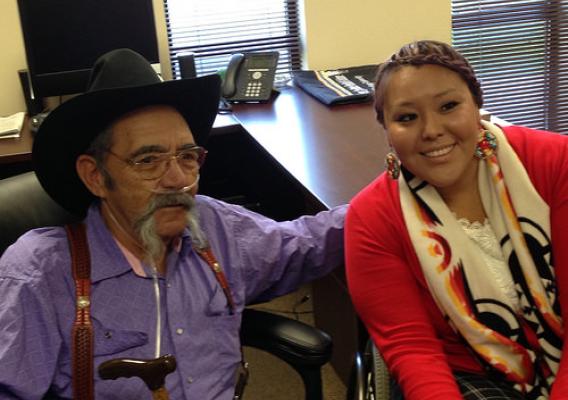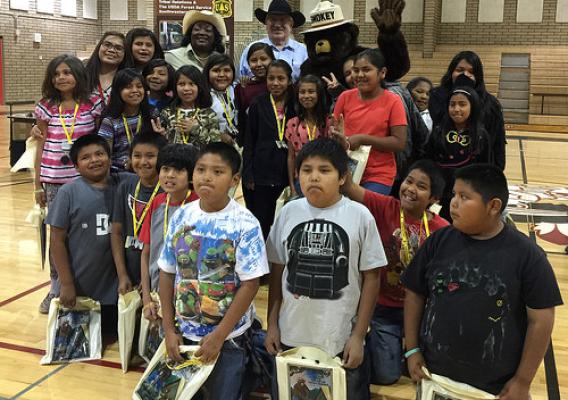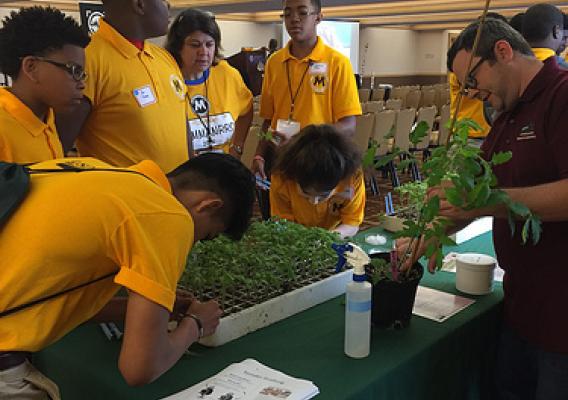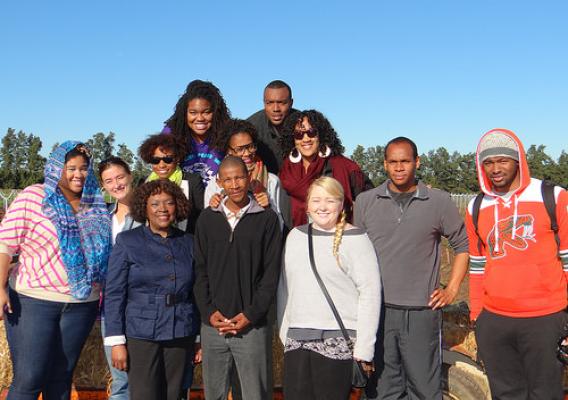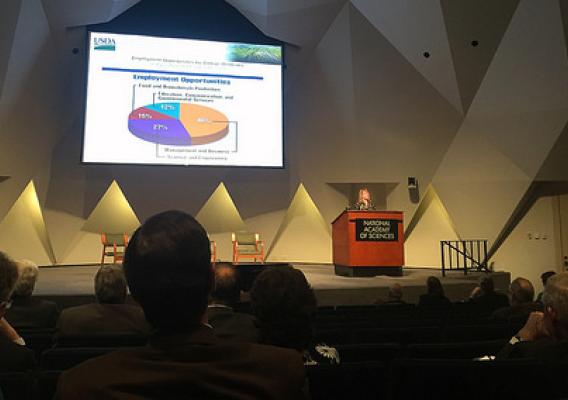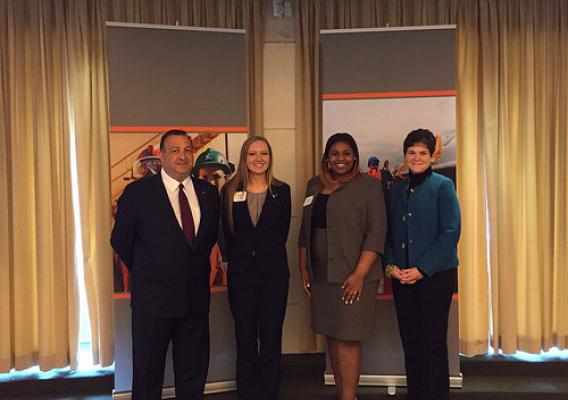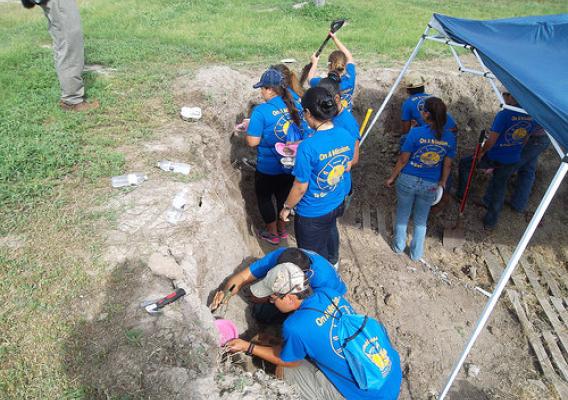Nearly 99% of farms in the United States are family operated, and they account for roughly 90% of agricultural production. With statistics like these, it’s not surprising that many people associate jobs in agriculture with small-town America, farmers and tractors, and corn fields and cattle.
While the importance of farmers cannot be overstated, the diversity of careers available in the agricultural sector is staggering and often underappreciated. According to a 2013 study funded by USDA’s National Institute of Food and Agriculture (NIFA), an average of 57,900 jobs will open every year from 2015 to 2020 and require a bachelor’s degree or higher in food, agriculture, natural resources, or environmental studies. These jobs will include a range of sectors, including management and business; science, technology, engineering, and mathematics (STEM); food and biomaterials production; and education, communication, and government services. Strikingly, it is also expected that 39% of positions will go unfilled.


